Spice enthusiasts, gather 'round! Today we're diving into one of the more intriguing members of the pepper family—Anaheim peppers. These mild, flavorful gems are perfect for both seasoned cooks and those just starting to explore the world of chilies. In this article, we'll cover everything from their flavor profile and uses to a handy buying guide and tips for growing your own. Let's get cooking!
Table of Contents
- What Are Anaheim Peppers?
- Flavor and Heat Profile
- Cooking with Anaheim Peppers
- Growing Anaheim Peppers
- Buying Guide
- Frequently Asked Questions
- Fun Facts About Anaheim Peppers
What Are Anaheim Peppers?
The Anaheim pepper, also known as the Capsicum annuum variety, is a mild to medium heat chili pepper that originated in Anaheim, California. It's often confused with other peppers like jalapeños or poblanos, but Anaheim peppers are distinct for their sweet, smoky flavor and versatility in cooking.
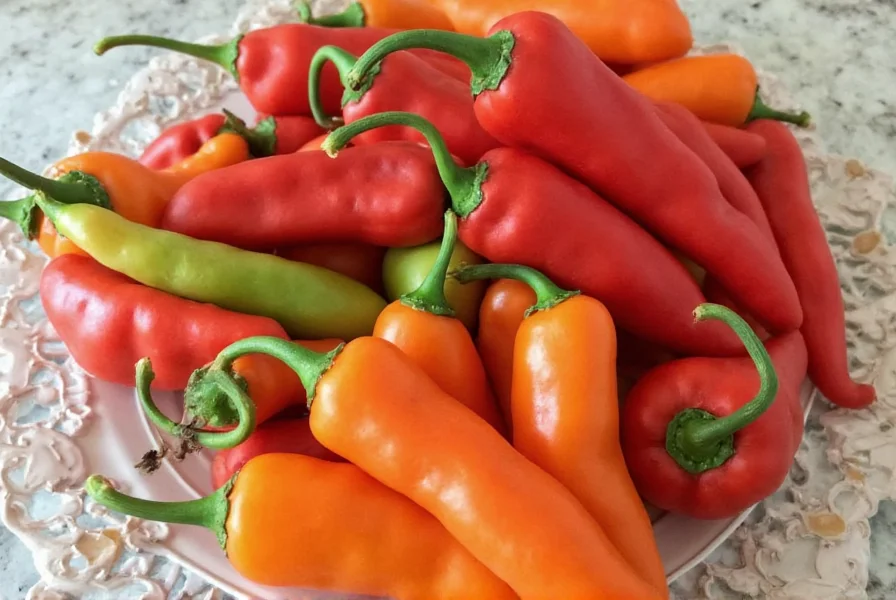
These peppers are typically around 3–5 inches long and have a wrinkled, slightly pointed shape. They start off green and turn bright red when fully ripe. While some people prefer them while still green, the red ones are usually sweeter and less pungent.
Flavor and Heat Profile
Anaheim peppers have a unique flavor that combines sweet, smoky, and slightly tangy notes. They're known for their mild heat, making them a great choice for those who enjoy flavor without overwhelming spice.
On the Scoville scale, Anaheim peppers range between 500–2,500 SHU. That places them below jalapeños and makes them a popular choice for dishes where subtle heat is desired.
| Pepper | Heat (SHU) | Flavor Profile |
|---|---|---|
| Anaheim | 500 – 2,500 | Sweet, smoky, slightly tangy |
| Jalapeño | 2,500 – 8,000 | Mild, grassy, slightly sweet |
| Habanero | 100,000 – 350,000 | Smoky, fruity, extremely hot |
| Cayenne | 30,000 – 50,000 | Pungent, sharp, slightly sweet |
Cooking with Anaheim Peppers
ANAHEIM PEPPERS are incredibly versatile in the kitchen. Here are some ways to use them:
- Chiles Rellenos: Stuff with cheese or meat, roast, and serve for a classic Southwestern dish.
- Salsas: Add chopped Anaheim peppers for mild heat and depth of flavor.
- Stir-Fries: Toss them into dishes for subtle spice without overpowering other ingredients.
- Pickling: Make flavorful pickled peppers using vinegar and spices.
- Roasting: Roast over an open flame or under the broiler to enhance their natural sweetness before using in dips or salads.
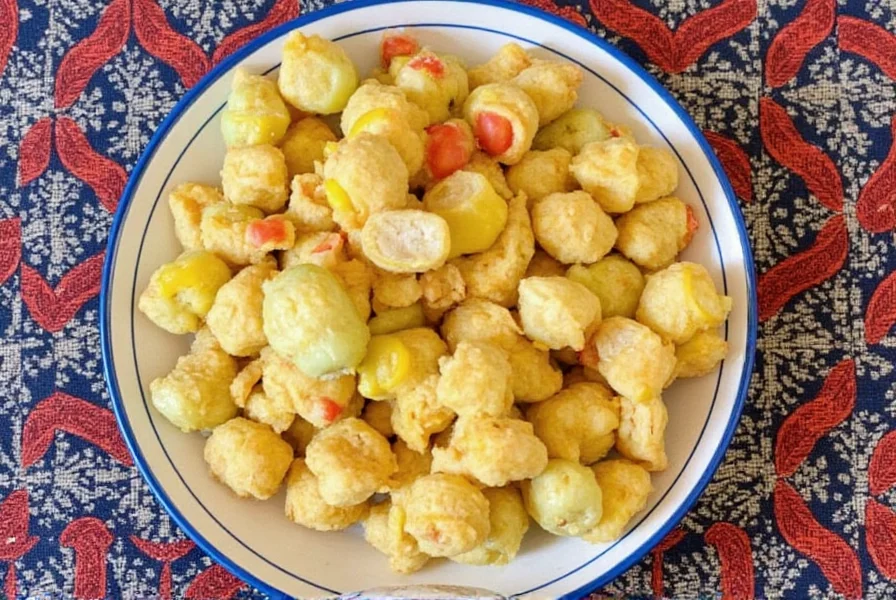
They work well fresh, dried, or roasted. Roasting brings out their natural sweetness and adds a deep, smoky flavor that complements many dishes.
Growing Anaheim Peppers
If you're a gardening enthusiast, growing Anaheim peppers at home is a rewarding experience. They thrive in warm climates and require plenty of sunlight, so choose a spot that gets at least 6–8 hours of direct sun per day.
Here's a quick guide to planting and caring for Anaheim peppers:
- Soil: Use well-draining soil with a pH between 6.0 and 7.0.
- Watering: Keep the soil consistently moist, especially during the growing season.
- Fertilizing: Apply a balanced fertilizer every 4–6 weeks to promote healthy growth.
- Harvesting: Pick peppers when they reach full size. They're typically harvested green but will turn red when fully ripe.
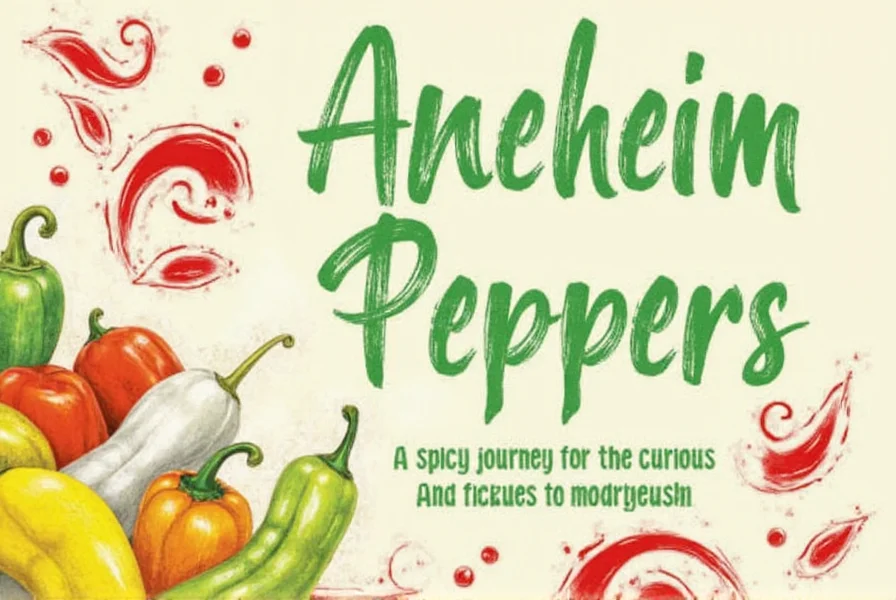
Remember to wear gloves when handling the peppers, as their oils can irritate the skin. If growing indoors, place them near a sunny window or use grow lights for optimal growth.
Buying Guide
If you're not growing your own Anaheim peppers, here's how to choose the best ones at the store:
Key Features to Look For
- Color: Look for bright green peppers (commonly sold green) or deep red when fully ripe.
- Texture: The skin should be firm and smooth, not wrinkled or soft.
- Size: Larger peppers tend to be sweeter, while smaller ones have slightly more heat.
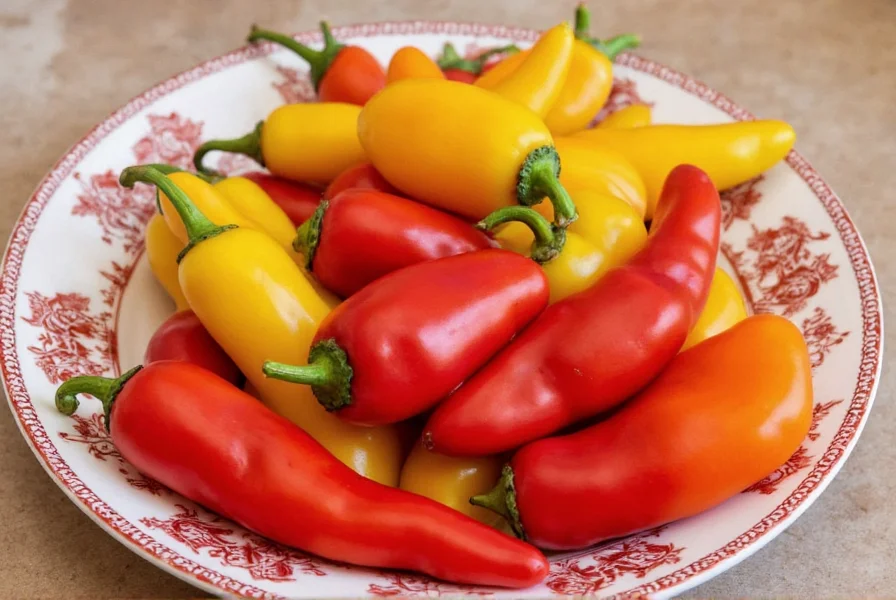
Popular Products and Brands
ANAHEIM PEPPERS are widely available in most grocery stores and farmers' markets. Here's what to look for:
- Whole Fresh Peppers: Ideal for stuffing, roasting, or fresh cooking.
- Dried Anaheim Pepper Flakes: Great for seasoning blends or adding mild heat to dishes.
- Canned or Pre-Roasted Peppers: Convenient for quick meal prep.
When purchasing, avoid peppers with blemishes or soft spots. Fresh peppers last 1–2 weeks in the refrigerator, while dried or canned versions have longer shelf lives.
Frequently Asked Questions
How hot are Anaheim peppers compared to other common chilies?
ANAHEIM PEPPERS range from 500–2,500 Scoville Heat Units (SHU), making them significantly milder than jalapeños (2,500–8,000 SHU) and much milder than habaneros (100,000–350,000 SHU). They're ideal for dishes where subtle heat is desired without overwhelming flavor.
Can I substitute Anaheim peppers with other varieties in recipes?
Yes! For similar mild heat, use poblanos. For slightly more heat, try serranos. If you need more heat than Anaheim but less than jalapeños, consider banana peppers. For significantly hotter dishes, use jalapeños or cayenne, but adjust quantities carefully.
How should I store Anaheim peppers to maximize freshness?
Store fresh Anaheim peppers in the crisper drawer of your refrigerator for up to 2 weeks. For longer storage, freeze them whole or chopped for up to 6 months. You can also dry them by hanging in a well-ventilated area or using a food dehydrator, then store the dried peppers in an airtight container for up to a year.
Are Anaheim peppers the same as Anaheim peppers?
Yes, "Anaheim" is the correct spelling. "Aneheim" is a common misspelling. These peppers were developed in Anaheim, California, and the name has always been spelled with an "a".
What's the best way to handle Anaheim peppers safely?
Always wear gloves when handling Anaheim peppers, especially when cutting or seeding them. Avoid touching your face, particularly your eyes, as the capsaicin oils can cause irritation. After handling, wash your hands thoroughly with soap and water, and clean all surfaces and utensils that came into contact with the peppers.
Can I eat Anaheim peppers raw?
Yes, Anaheim peppers can be eaten raw, but their mild heat may still be noticeable. Many people prefer to roast or cook them first to enhance their natural sweetness and mellow the heat. If eating raw, start with small amounts to gauge your tolerance, and consider removing the seeds and white membranes where most of the capsaicin is concentrated.
Fun Facts About Anaheim Peppers
Did you know? Here are some interesting tidbits about Anaheim peppers:
- Origin: Developed in Anaheim, California, in the 1950s by horticulturist Fabián García, these peppers were originally called "New Mexico No. 9" before being renamed for the city where they became popular.
- Culinary Use: They're a staple in traditional Mexican and Southwestern cuisine, particularly in dishes like chiles rellenos and salsas.
- Not Just for Heat: Their mild, sweet flavor makes them perfect for grilled meats, stews, and even desserts like spicy chocolate sauces without overwhelming heat.
- Health Benefits: Like other peppers, Anaheim peppers are rich in vitamin C and antioxidants, which support immune health and reduce inflammation.
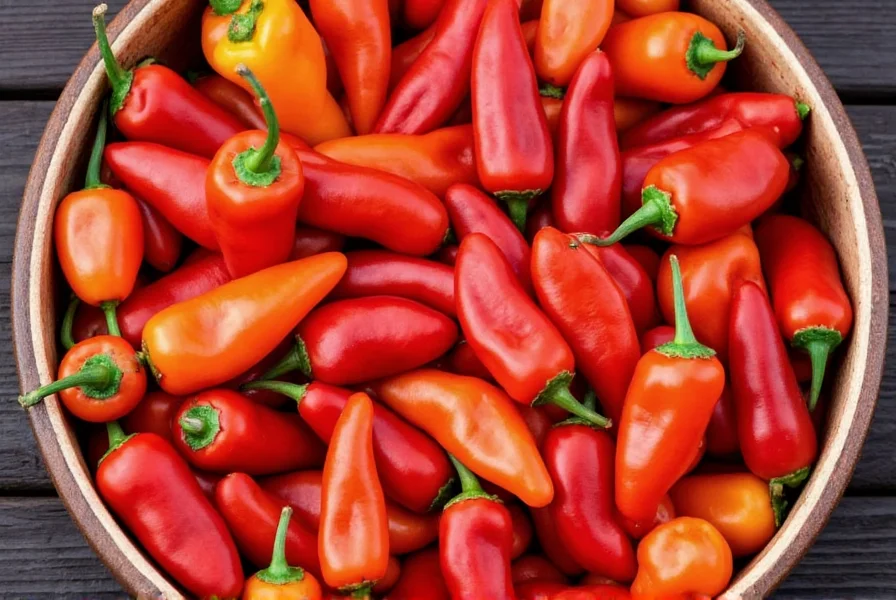
Whether you're a seasoned cook or just starting to explore peppers, Anaheim peppers offer a unique blend of mild heat, flavor, and versatility. So next time you're at the market, don't skip the Anaheim peppers—they might just become your new favorite ingredient.
Conclusion
In conclusion, Anaheim peppers are more than just another chili pepper—they're a flavorful, adaptable, and surprisingly sweet ingredient that deserves a place in your kitchen. Whether you're cooking, growing, or simply curious, these peppers offer something for everyone. So go ahead, embrace their mild heat, and let your taste buds explore the world of Anaheim peppers.
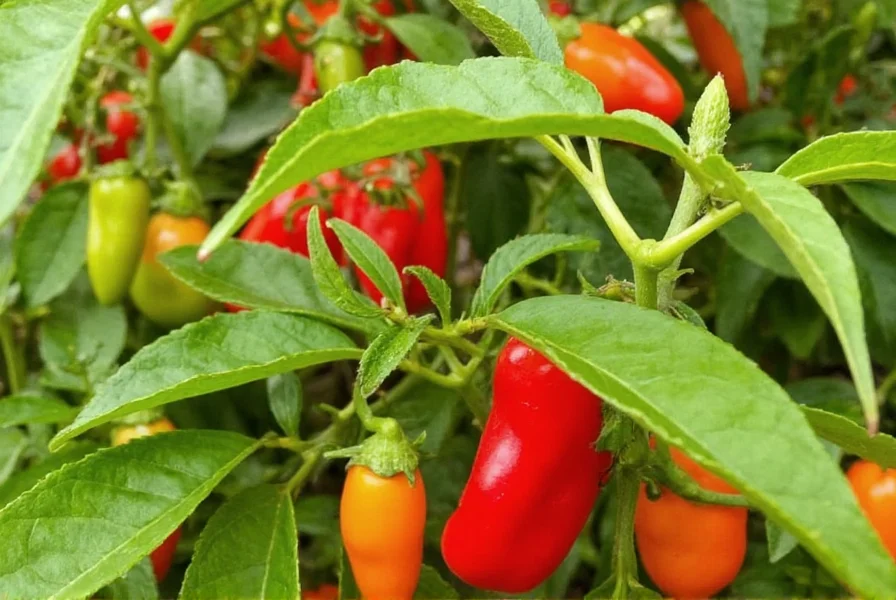

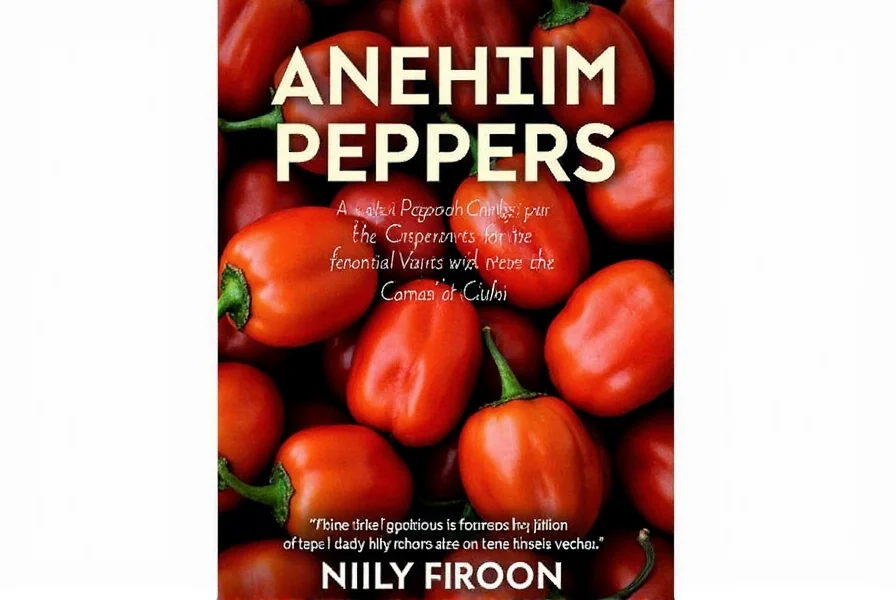









 浙公网安备
33010002000092号
浙公网安备
33010002000092号 浙B2-20120091-4
浙B2-20120091-4